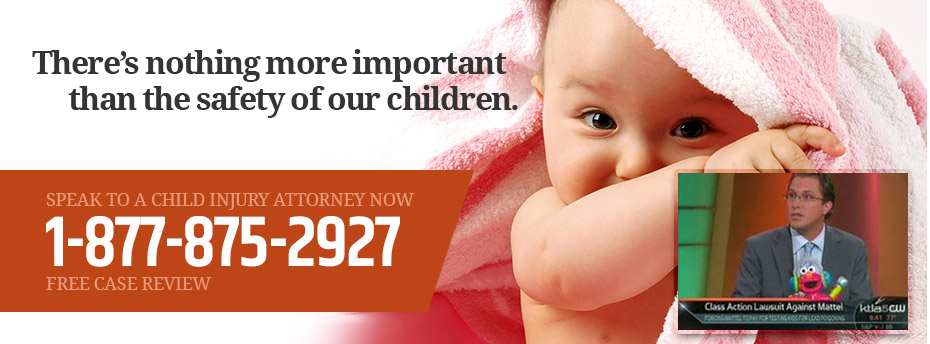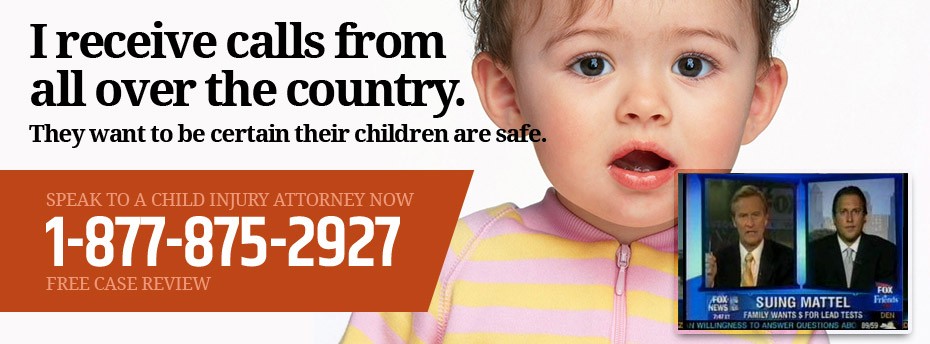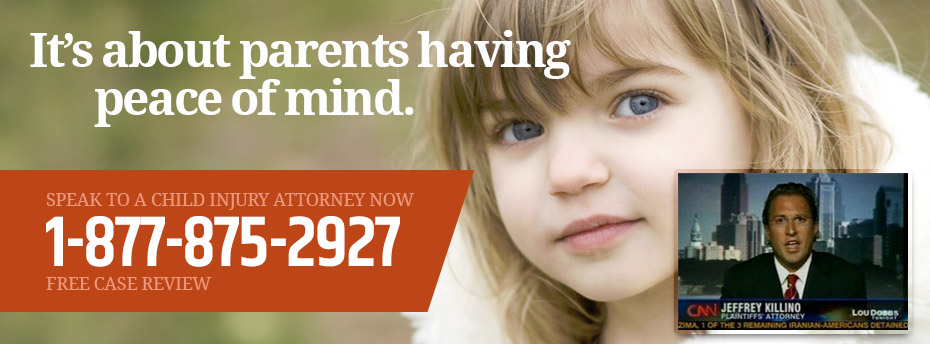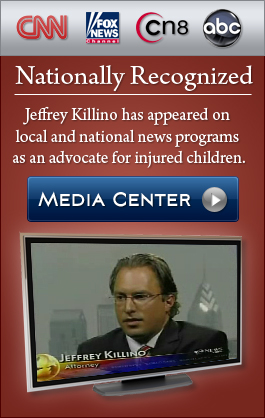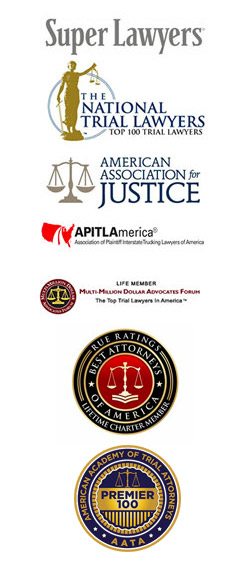Gas fireplaces often come with glass fronts that may lead parents to believe their children are protected from burns they might receive if their children got too near the fire. But, the glass fronts, themselves, have caused severe burns to children who have placed their hands on the glass. As reported by officials with the American Academy of Pediatrics (AAP), these glass fronts can reach temperatures as high as 1,328 degrees Fahrenheit when fires are burning behind them. Children of any age, as well as unsuspecting adults, can be seriously burned from contact with the heated glass in a matter of seconds. Severe burns from these glass fronts can occur not only while a fire is lit but also for at least 30 minutes after a fire is out.
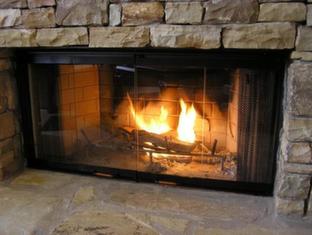 According to the U.S. Consumer Product Safety Commission (CPSC) and the AAP, a great many children have received burns in this way, prompting the development of voluntary industry standards requiring, as of January 1, 2015, that all new gas fireplaces and fireplace heaters that vent to the outside be outfitted with protective barriers to prevent children from being able to touch the fireplaces’ glass fronts. The barriers will be in the form of safety screens that are to be attached when the fireplaces are installed.
According to the U.S. Consumer Product Safety Commission (CPSC) and the AAP, a great many children have received burns in this way, prompting the development of voluntary industry standards requiring, as of January 1, 2015, that all new gas fireplaces and fireplace heaters that vent to the outside be outfitted with protective barriers to prevent children from being able to touch the fireplaces’ glass fronts. The barriers will be in the form of safety screens that are to be attached when the fireplaces are installed.
If you purchased a glass-fronted fireplace prior to January 2015 and have small children in your home, the AAP and the American Burn Association (ABA) urge you to purchase a barrier for your fireplace to protect your children from these painful burns. Fireplace manufacturers or retailers can advise you on which barriers may be appropriate for your fireplace, including attachable safety screens and gates of several varieties. Barrier screens should be heat resistant and not collapse under a child’s weight.
The dangers of glass-front fireplaces without protective barriers cannot be overstated. Though children generally learn at an early age that flames and stove-tops are hot, most young children are unlikely to associate the risk of being burned with a pane of glass, which may appear, in their inexperienced eyes, to be no more harmful than a window. As a result, children’s burns sustained by touching glass-front gas fireplaces have led to an estimated 17,000 medical consultations or visits, 360 visits to emergency rooms, and 33 hospitalizations per year over the last five years, according to data shared by the AAP. At least 95% of these injuries were to children’s palms or other hand parts, and between 3 and 11% of the burns required surgery.
If your child has been burned by a glass-front gas fireplace that was sold without a protective barrier, you may be entitled to compensation for your child’s suffering and medical expenses through legal action against the manufacturer and seller of the fireplace as well as others involved in its production or distribution. Child-injury attorney Jeffrey Killino has extensive experience with child-injury cases, including those arising out of burn injuries caused to children by someone’s negligence or a defective or dangerous product and can help you obtain justice from all those responsible for your child’s burn-injury accident.
Who Can Be Held Responsible if Your Child Is Burned by a Glass-front Fireplace?
What if your child has been burned by a glass-front fireplace that did not come with a protective barrier? Can the seller or manufacturer be held responsible for your child’s burns even if the gas-front fireplace that burned your child met industry standards that were current when the fireplace was made?
Under general product-liability law, the manufacturer and others involved in the production and sale of a glass-front fireplace without a protective barrier may be held strictly liable for a child’s burn injuries that were caused when the child came into contact with a heated glass fireplace front, even if the fireplace met all industry standards in place at the time the fireplace was manufactured and sold. Defendants in defective-products suits (also known as product-liability actions) often argue that their injury-causing products are not defective, because they were designed and manufactured in accordance with industry standards.
But, compliance with industry standards does not prevent the determination that a product is defective under product-liability law. Industry standards are seen, at most, as the bare minimum requirements for the production of reasonably safe products, so that a product may still be deemed “unreasonably dangerous” when these standards have been met. Glass-front fireplaces that pose the risk of burn injuries seen in children who have come into contact with their heated glass fronts are likely to be found unreasonably dangerous in any product-liability jurisdiction. Because product-liability actions can result in the “strict liability” of product-liability defendants under Restatement (Second) of Torts, section 402A, these defendants can be held legally responsible for a child’s glass-front fireplace burn injuries even if none of the defendants was negligent in designing, manufacturing, or selling the fireplace without a protective barrier and even if none of them was aware (or had reason to be aware) that the glass fronts could cause such injuries. This is liability without proof of negligence and is justified in the law because the manufacturers and sellers of dangerous products, rather than the consumers the products injure, should be required to bear the responsibility of consumers’ defective-product injuries and deaths.
Obtain Legal Assistance from Child-Injury Attorney Jeffrey Killino
Child-injury firm attorney Jeffrey Killino is known around the country for his dedication to achieving justice for children who have been injured or killed through medical malpractice, other negligence, or defective and dangerous toys and products. If your child has been burned through contact with a dangerous fireplace or injured due to another defective and dangerous product or someone’s negligence, attorney Killino and his team of child-accident and wrongful-death lawyers are ready to fight for you.
